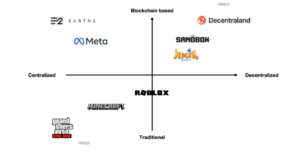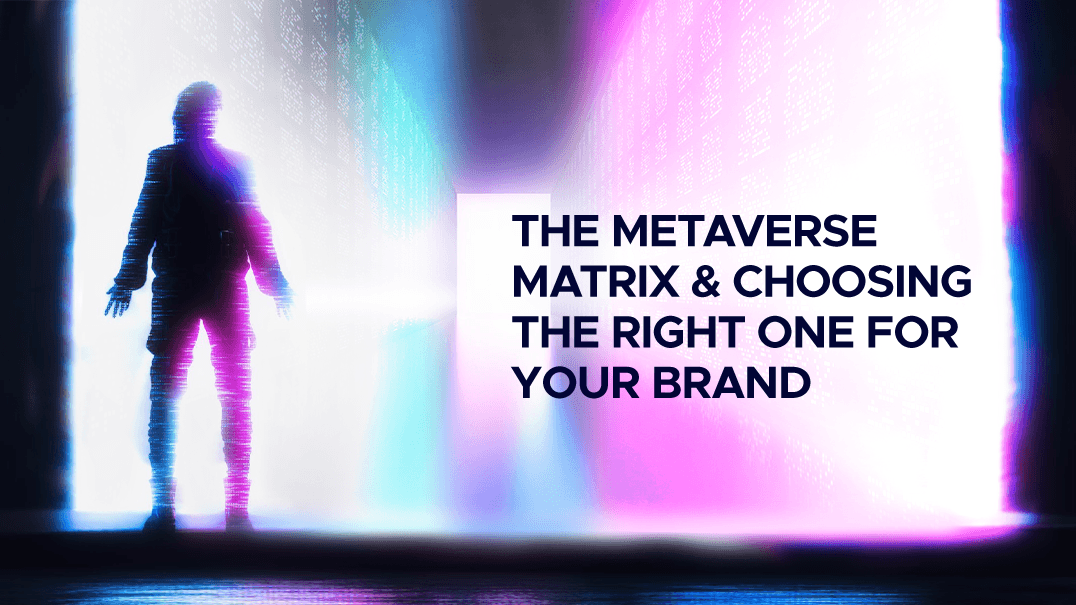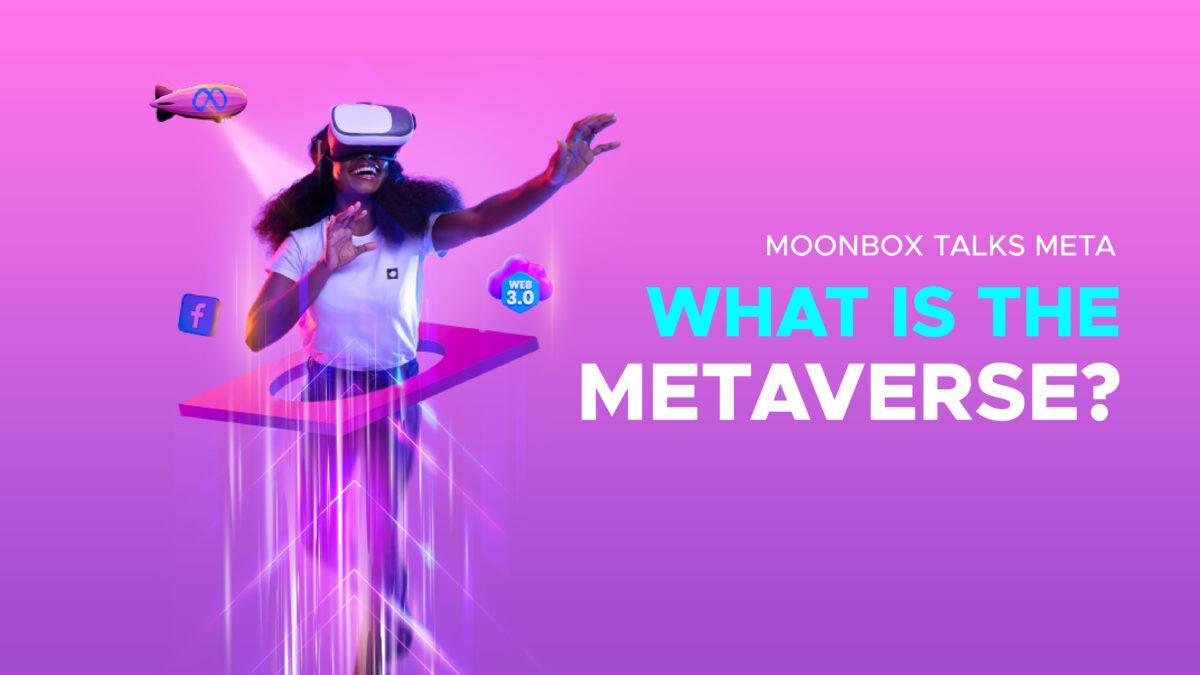If you’ve stuck around with us since a while you’ve probably read our Moonbox Talks Meta series of blogs. If you haven’t, we recommend reading all about what the metaverse is, what its ecosystem is all about, and which global brands have joined the league so far.
In today’s blog we’re going to be delving into the types of metaverses that exist.
The metaverse is considered to be the next stage of the web, commonly referred to as Web3. While this acts as an integrated platform unifying the real and virtual worlds, the metaverse itself is divided into multiple types, each unique in its own way. Different industries prefer different metaverses, depending on their offerings, but every industry today will agree that the metaverse isn’t just a trend but a business investment that’ll yield long-term benefits.
To quickly recap, the metaverse is an online universe that fuses the real and virtual worlds through Augmented, Virtual, and Mixed Realities, thereby allowing us to live in a digital space and do everything just like we would in the real world. It’s simply real life in an unreal world!
Brands across the globe have begun exploring metaverse opportunities already, so here’s taking a look at the Metaverse Matrix and how brands fit in.

(Image credit: https://metav.rs
The traditional metaverses on the matrix primarily form the Web2 platforms, while those powered by Blockchain technologies form the Web3.
Traditional Centralised Metaverse
Traditional metaverses aren’t dependent on blockchain technology. These operate on a centralised system, which means these virtual worlds are controlled by an organisation that has access to user data. Traditional metaverses are games like Minecraft or Counter Strike, where the user creates an avatar and participates in activities using the avatar. Surprisingly, although user data in this world may be compromised in this centralised space, these metaverses have the most users. During the month of August 2022 alone, Counter-Strike: Global Offensive (CS:GO) had a peak concurrent player count of 1.03 million and reports say it’s still the most popular game in the world. Most fashion games also depend on the traditional metaverse, since they are primarily avatar based. If you want to amass a large audience using simpler technology and an enjoyable gaming experience, a traditional metaverse is your best bet.
Blockchain Centralised Metaverse
A metaverse created using blockchain technology can be both, centralised or decentralised. While centralised blockchain metaverse allows for virtual interactions, the user data continues to be controlled by a central owner, just like it is in the traditional metaverse. However, the blockchain used here created a digital economic environment, allowing users to trade and exchange NFTs (Non-Fungible Tokens) and monetise their creations, using crypto wallets and currencies. Currently, the most popular centralised blockchain metaverse, as we all know, is Meta, focused on building technologies to help connect people.
Blockchain Decentralised Metaverse
One of the biggest and most preferred choices; the decentralised metaverse became quickly popular because of its potential to give the power to the users, and not to centralised organisation. Users are free to take their own decisions and act accordingly, evolve in a virtual world, trade NFTs using cryptocurrencies and do everything and more than what they could in a centralised blockchain metaverse.
Decentralised metaverses represent what a metaverse truly is!
The concept of the decentralised world is to help everyone benefit – this is where options like ‘create and earn’ or ‘engage and earn’ come into play, to increase the possibility of earning or rewarding, either with NFTs and items or with digital currencies. This is precisely why businesses are also turning to the metaverse to monetise their assets.
Examples of the decentralised blockchain include the very famous, Decentraland, where users can buy and sell plots of land, and capitalise further on these by hosting events on these virtual lands. Think Metaverse Fashion Week that was hosted back in March 2022, or The Moon Musical Festival, hosted in July. Another great example of this type of metaverse is Sandbox, which sells plots of lands for work, meetings, parties, events and much more.
With all of these options available, it boils down to choosing the right one for your brand. As a brand, your primary focus is always about the experience you’re offering your audience, and that’s the basis on which you choose your metaverse. While gaming works great on centralised metaverses, the decentralised models open a world of possibilities.
Here are some factors to consider before your brand takes the big phygital leap:
- Build a story. Your story, your identity, values, purpose – all of it makes up your brand experience, so make sure you have a strong brand strategy in place before getting started
- Define your metaverse objectives
- Find which metaverse your audience is in
- A majority of the audience in the metaverse is GenZ, so make sure your brand appeals to the younger audience
- Focus on if and how the metaverse experience will add value to your users. Don’t simply jump into it because everyone is.
Taking your brand to the metaverse involves a lot of components. There’s so much this new digital phase has to offer and explore. If you have a brand you want to take to the metaverse, and need a helping hand, feel free to reach out to us!


